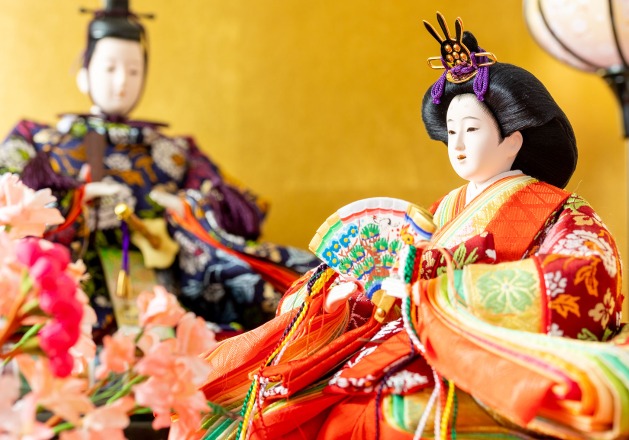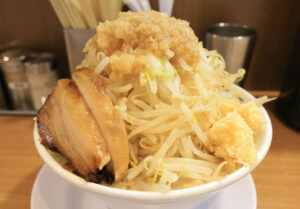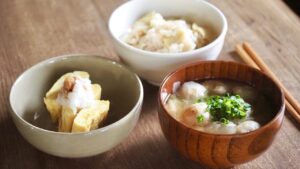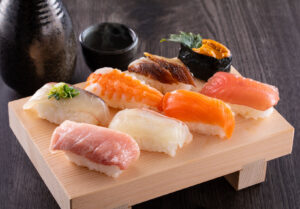March 3 is the day of the Peach Festival, or Hina Matsuri are foods unique to the Peach Festival (Hina Matsuri), including traditional sweets that are only seen from mid-February to March 3 of the year. If you see one, be sure to try it!
In Japan, the festival celebrates the growth of girls, but originally, it was an occasion for families to wish for their children (both boys and girls) to grow up healthy and free from misfortune, and to achieve happiness in their lives.
The reason why it is called ‘Momo-no-Sekku’ (Peach Festival) is due to the blooming of peach blossoms around that time and the belief that peaches were believed to ward off evil spirits.
Chirashi-Sushi
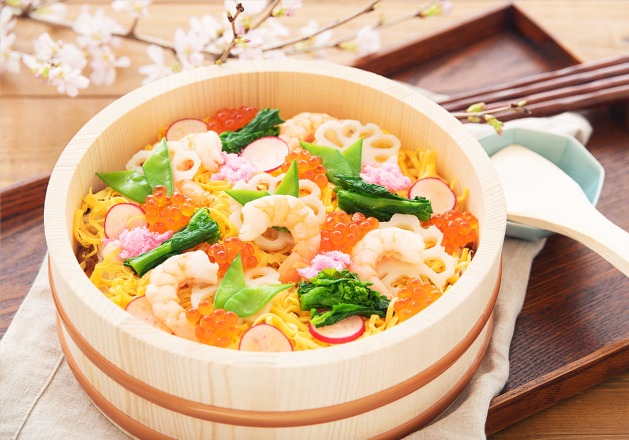
Chirashi-Sushi is still popular not only for the Hina Matsuri (Doll’s Festival) but also as a visually gorgeous party menu.
The ingredients used in Chirashi-Sushi have auspicious meanings.
- Shrimp – symbolizes longevity and immortality.
- Rengon: A hole in the body for good visibility.
- Beans – for good health and good work.
Toppings such as mitsuba (Japanese honeywort), egg, and rape blossoms can be sprinkled on top to add color and festive flair. This dish is also a staple at the Hina Matsuri Festival as a dish that brings in spring.
Hamaguri Clam Soup
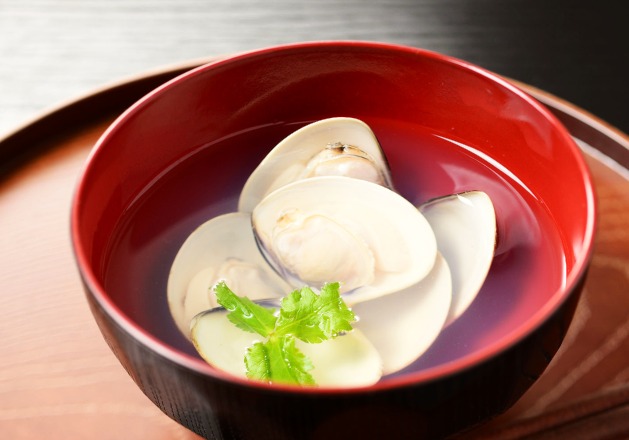
Hamaguri clam shells are only perfectly fit together with the shells that originally came in pairs. From there, it represents a married couple who get along well.
To express the wish that one person will get along with the other person for the rest of his/her life, we eat hamaguri clam soup on the Hina Matsuri ( Dolls’ Festival ).
Hina Arare
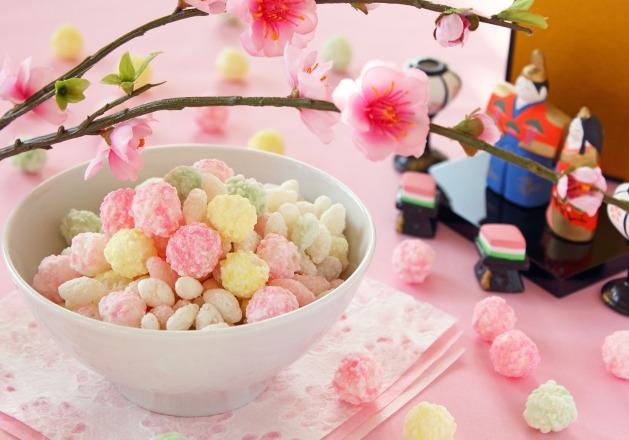
Hina-arare is a typical sweets for Hina Matsuri ( Doll’s Festival ).
Arare is a sweet made from glutinous rice. Hina-arare is made of small arare (small rice cakes) coated with sugar, but the shape and seasoning of the arare differ from region to region. They are a treat offered to hina dolls and are meant to pray for the child’s health and happiness throughout the year.
The basics are three colors.
- Red (pink) – expresses peach blossoms and life.
- White – represents snow and the earth.
- Green – represents trees and budding buds
The addition of yellow makes four colors to represent the four seasons.
- Spring = green
- Summer = pink
- Autumn: yellow
- Winter: white
Hishi Mochi (Diamond-shaped Rice Cake)
Hishi Mochi is another event food to be offered to Hina Dolls. Because of its diamond-shaped (Hishi) shape, it is called Hishimochi. It is usually made in three colors: red (pink), white, and green, but there are also two-color, five-color, and seven-color Hishimochi, depending on the region.
- Green – mugwort, to ward off evil spirits and wish for good health
- White – water chestnuts, to wish for prosperity of offspring
- Red – Gardenia seed, to ward off evil
Originally, it was a round green rice cake, but in the Edo period (1603-1867), white rice cake was added, the shape became diamond-shaped, and in the Meiji period (1868-1912), red rice cake was added.
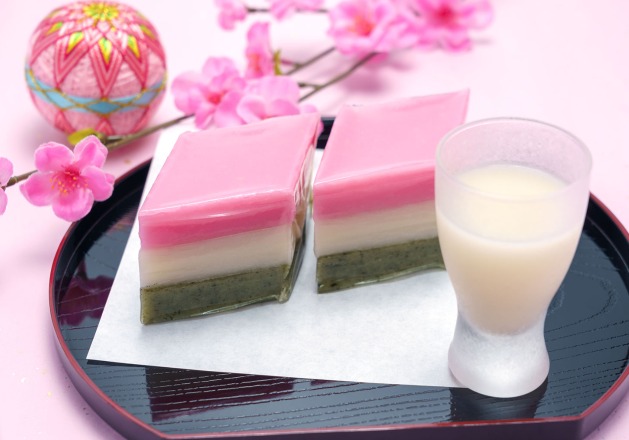
It is said that the three layers of mochi represent spring, with new buds (green) sprouting under the snow and peach blossoms blooming on top of the snow.
There are various theories about the diamond shape, including that it represents the land, and that it originated from the shape of rice cakes eaten at New Year’s in the imperial palace.
Shirozake (white sake)
Shirozake (white sake) is the celebratory alcohol (around 9% abv.) for the Hina Matsuri (Dolls’ Festival). It is said that the custom of drinking shirozake began in the Edo period (1603-1867) to wash away impurities from the body and to ward off bad luck and evil spirits. Its origin is said to be the Chinese peach blossom wine. The liquor soaked in peach blossoms was meant to drive away evil spirits and wish for longevity.
Since it contains alcohol, children could not drink it, so non-alcoholic amazake (a sweetened beverage made from rice and rice malt) was substituted. Today, amazake is more common than shirozake.
Today’s Hinamatsuri Sweets
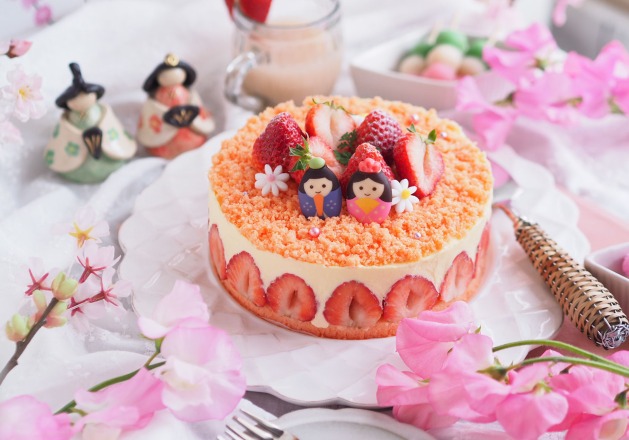
Even today, Hishi Mochi and Hina Arare are still offered to Hina Dolls, but cakes are more popular to be eaten for the celebration.
Since the cherry blossom season is about to begin, cherry blossom flavored cakes and baked sweets, as well as strawberry sweets due to their red color, are very popular at this time of year. Sakura mochi is not originally related to Hinamatsuri, but it has become a popular sweet to offer to hina dolls.
Some Japanese sweets are only available from mid-February to March 3, so if you find one, try it!

